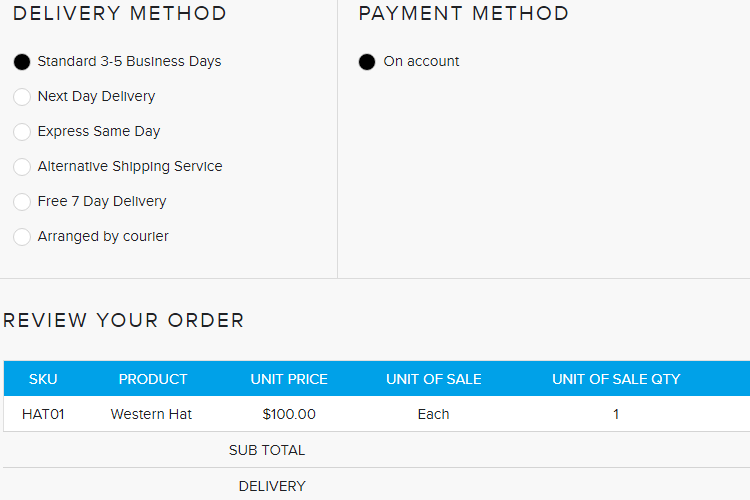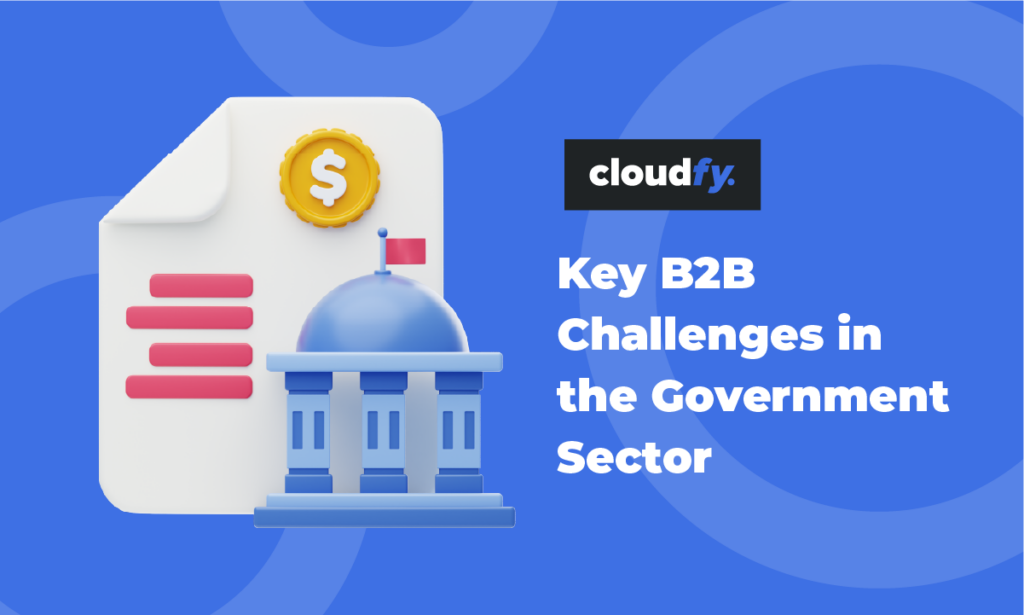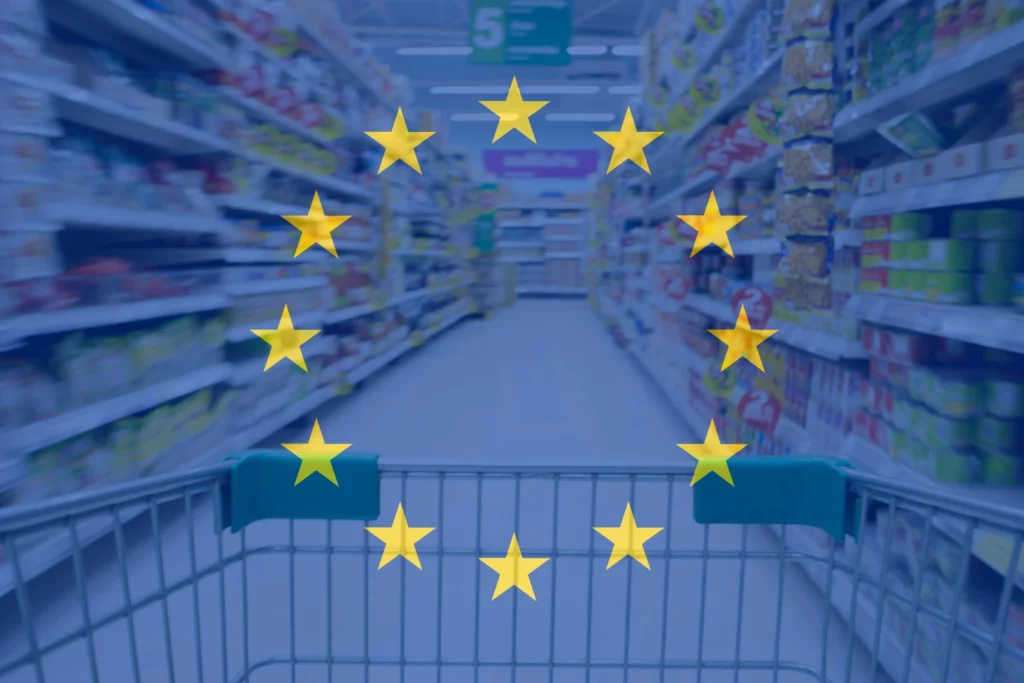Depending on your buyers’ specific requirements their delivery charges need careful calculation. You’ll want to offer good prices and excellent service. However, you must also make sure you cover all the costs. With multiple locations, various quantities and weights, it can make things complicated. Cloudfy can help.
Customer choice
Your B2B buyers know exactly what they want. That’s why giving them the tools to place orders and manage their accounts with online self-service is so important. Cloudfy’s delivery configuration feature gives registered users of your B2B ecommerce site flexibility to specify their delivery requirements.
You can include complex global shipping and automated custom address books. Drop shipping and customized packaging can all be provided around the clock. Based on your customer’s location and choices, Cloudfy automatically works out shipping charges using variables like weight, volume and destination. You can include handling requirements, purchase-specific surcharges and insurance.
Table of Contents
Don’t lose valuable sales
Your buyers want to know the total cost of their order, including shipping. They won’t want to wait, and they might want to test different options before making their final decision.
Difficulties with shipping is one of the biggest reasons for abandoned purchases. The global shipping sector is preparing for a challenging year with oversupply of containers, reduced demand and increased competition. With tight margins you’ll need the latest information to give your customers accurate costs.
Buyers will become frustrated with limited shipping options, unreliable delivery dates and extra costs for split consignments to multiple locations. That’s why custom shipping options on your B2B ecommerce site can give you a major competitive advantage.
Transparent shipping rates
Your buyers expect clear costs and multiple shipping options as part of their procurement process. Some buyers might want the cheapest option, even if delivery takes longer. Others might happily pay a premium to make sure urgent deliveries arrive on time. Increasingly buyers also look for the most environmentally friendly options.
Allowing customers to see comparative costs helps them make the best choice and improves their experience and satisfaction.
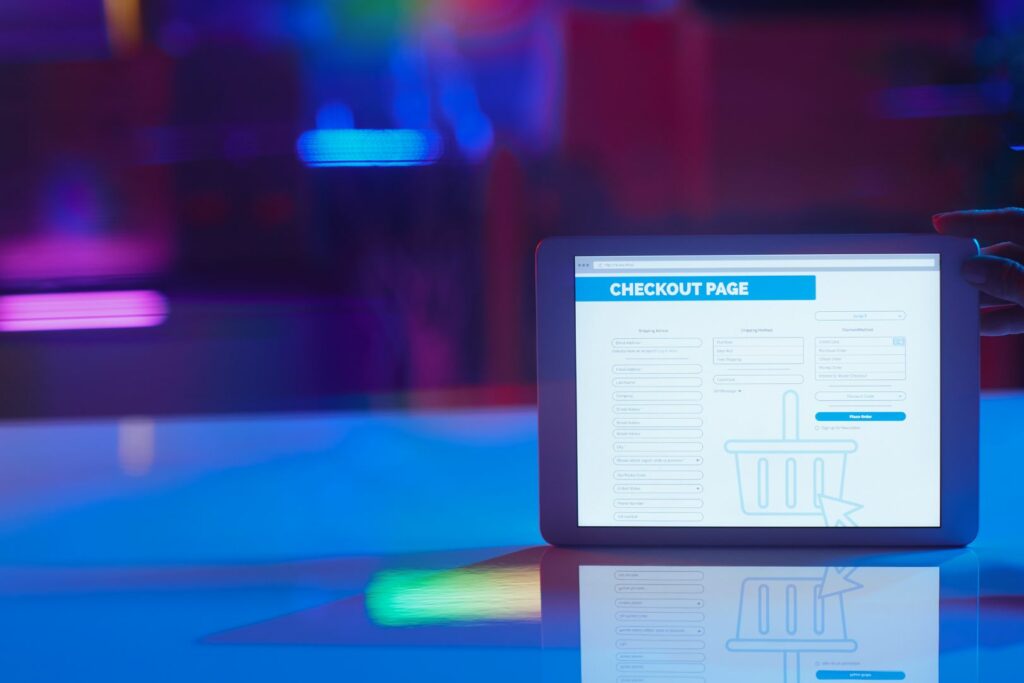
Additional charges
Additional charges only shown at checkout are a major cause of cart abandonment. You can automate many of the complex logistical requirements in real-time, such as lighter-than-load (LTL) shipments, so your buyer can see exactly what they will pay for their part of the load.
Carriers often charge handling fees for delivery notifications, liftgates and movements across international borders. Immediately and automatically calculating these charges reduces customer complaints because there aren’t any surprises.
Customization for complexity
Including products from other manufacturers and warehouses can improve your speed of delivery and product offer. Integration with your business systems streamlines these complex delivery requirements. You can also link directly with your carriers to see their prices in real time. This allows you to:
- set flat rate shipping
- offer free shipping
- provide shipping by weight
- tailor shipping charges according to customer needs
- propose insurance options for high-value orders.
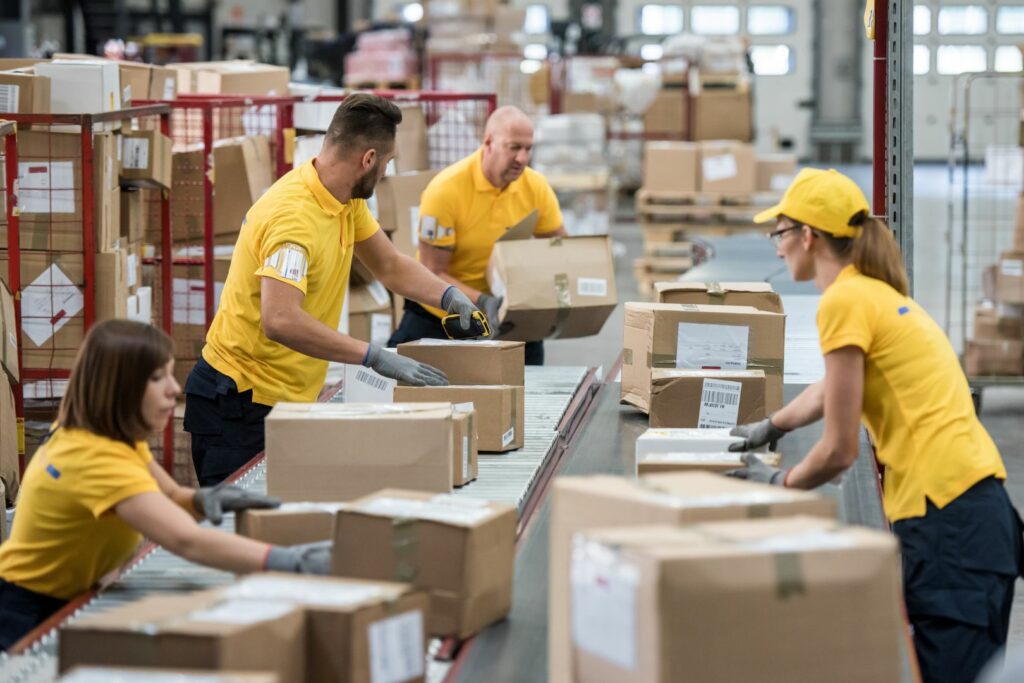
Packaging and bundling
Tailored packaging options improve customer satisfaction. You can automatically meet requirements for simple bubble-wrap, economy generic packaging or robust, bespoke and branded options.
Offering a choice can help reduce complaints, either concerning damage in transit or the cost of delivery.
Cloudfy’s delivery configuration feature provides order integration and automation. The alternative is recruiting multiple members of staff to manage complex shipping and multi-channel selling.
Find out how to streamline your shipping processes with Cloudfy’s delivery configuration feature. Contact us today.
Frequently Asked Questions
Creating the right delivery strategy for your B2B ecommerce business depends on your target audience, budget, product types, and profit margins. A mix of fast and affordable shipping methods combined with premium options to meet specific needs is ideal.
Each shipping option will have limitations including cost and time. However, offering too many choices adds to your administration, so it’s important to understand your customers’ needs. Collecting accurate and reliable information about their preferences when they place orders on your B2B ecommerce site will help you offer the right options.
Free shipping can attract new customers but will add to your costs. If this is an option you’re considering it must be reflected in your pricing. It’s also important to understand taxes if your deliveries go to different regions or countries. They can vary significantly and add to your costs.
Your returns policy must be clearly explained when customers place their B2B ecommerce orders. You’ll need to understand the costs and practicalities of receiving returns before deciding whether you should make a charge.
Lorem ipsum dolor sit amet, consectetur adipiscing elit. Ut elit tellus, luctus nec ullamcorper mattis, pulvinar dapibus leo.
